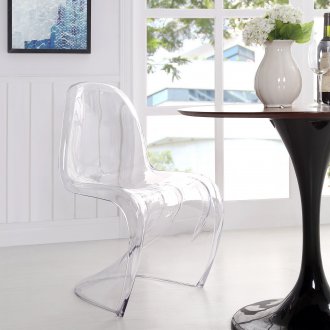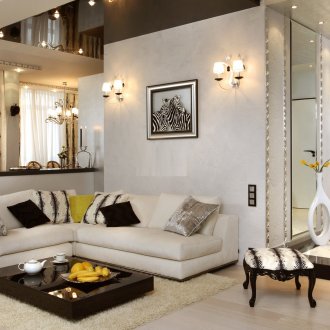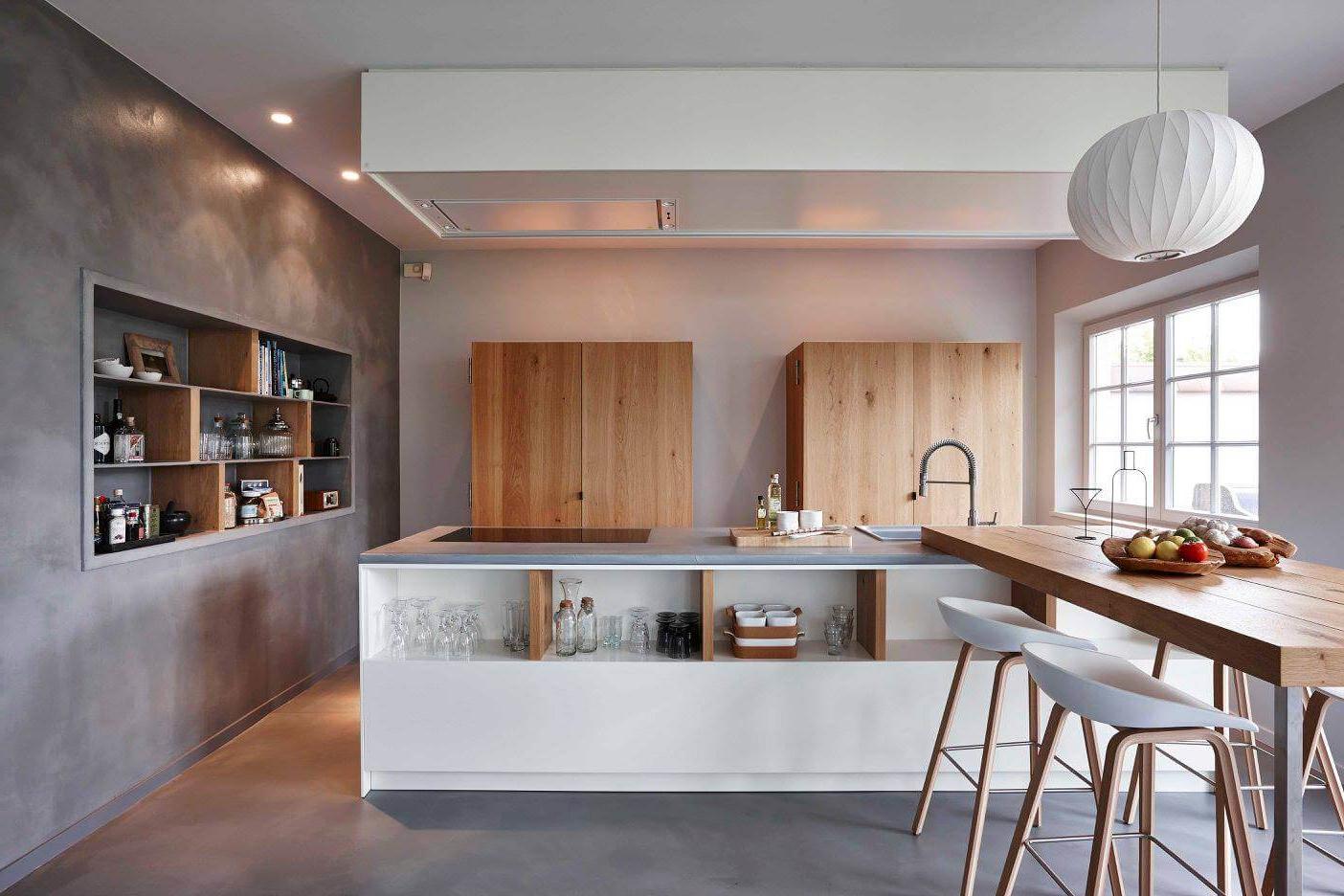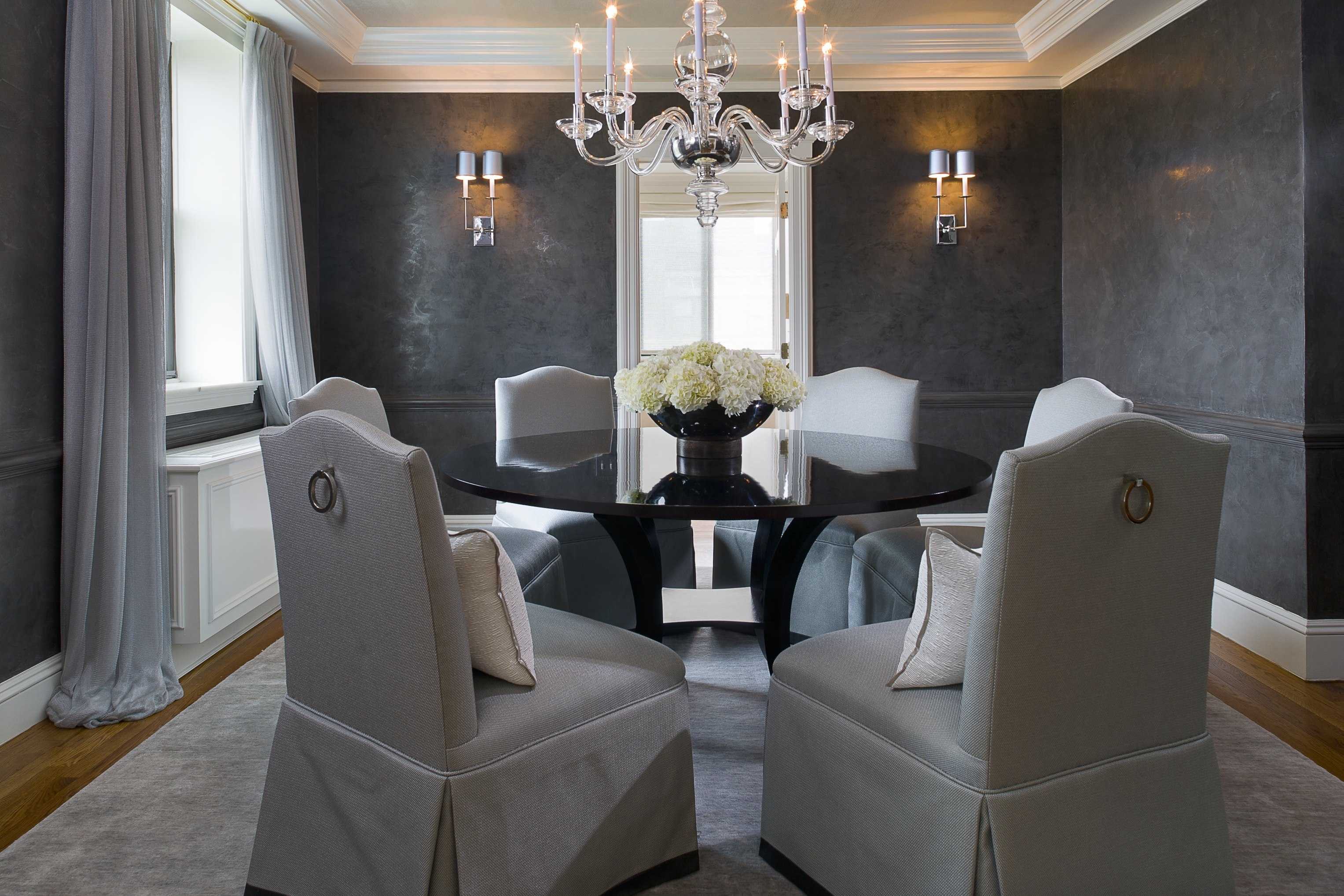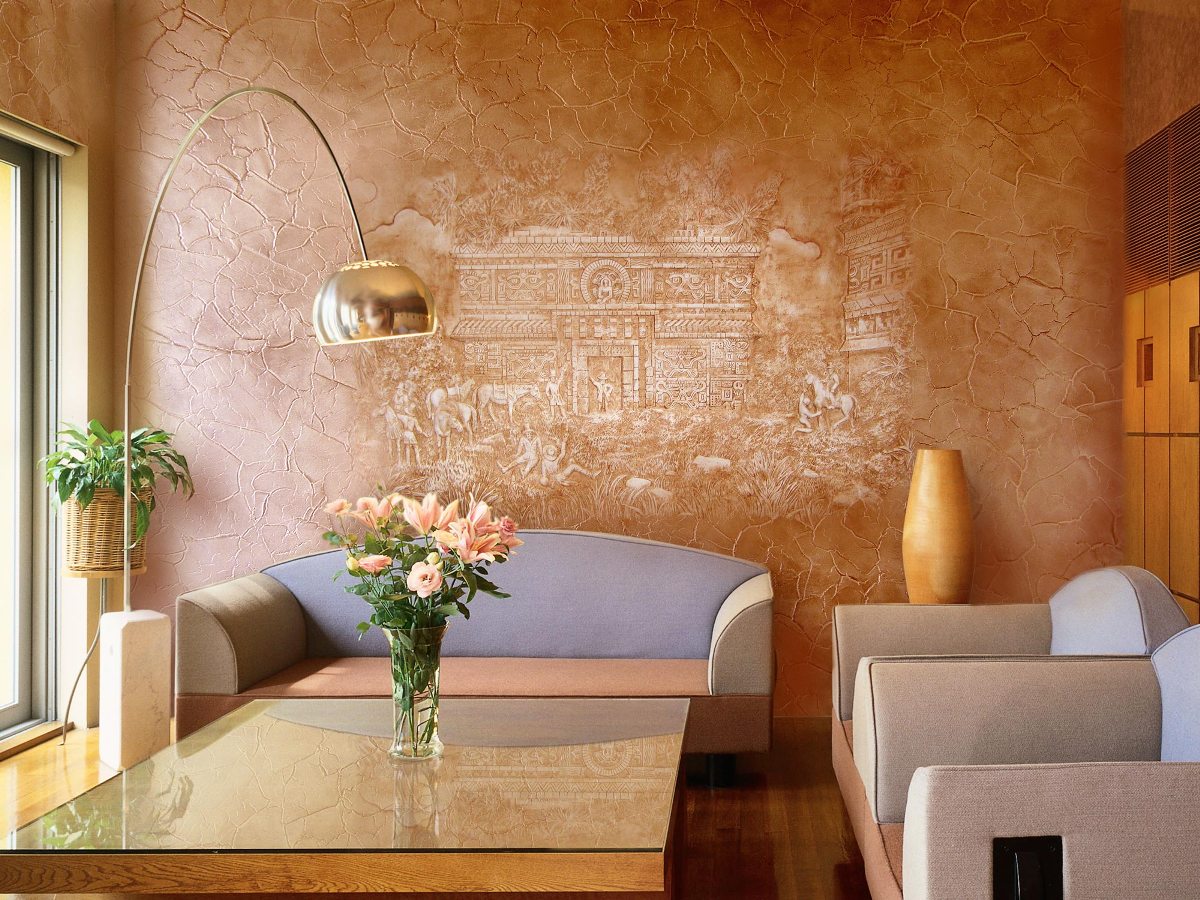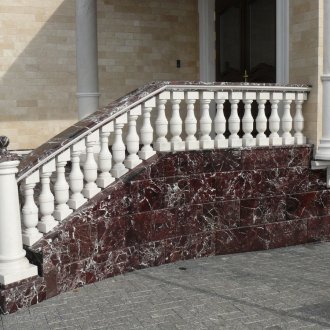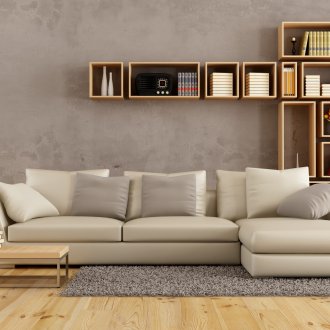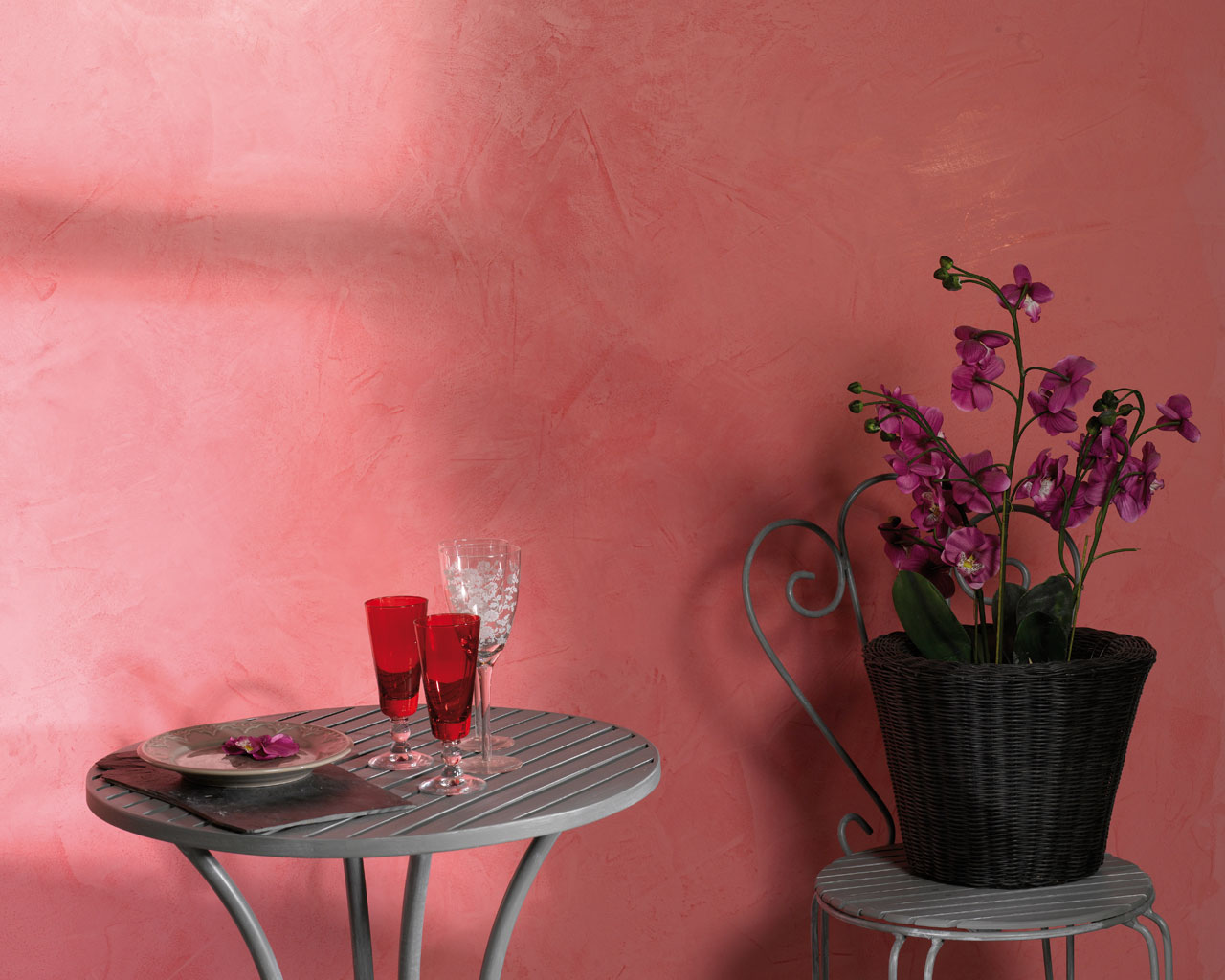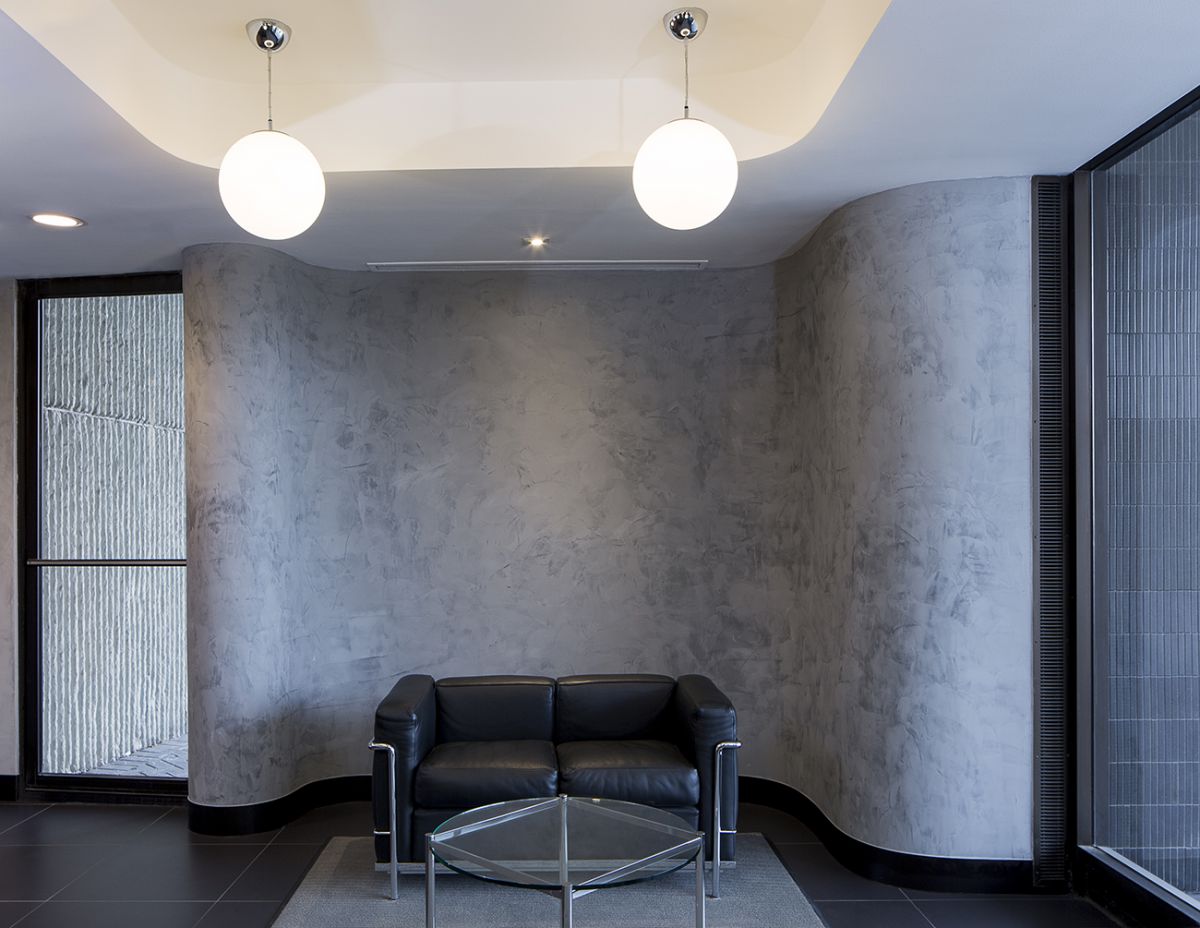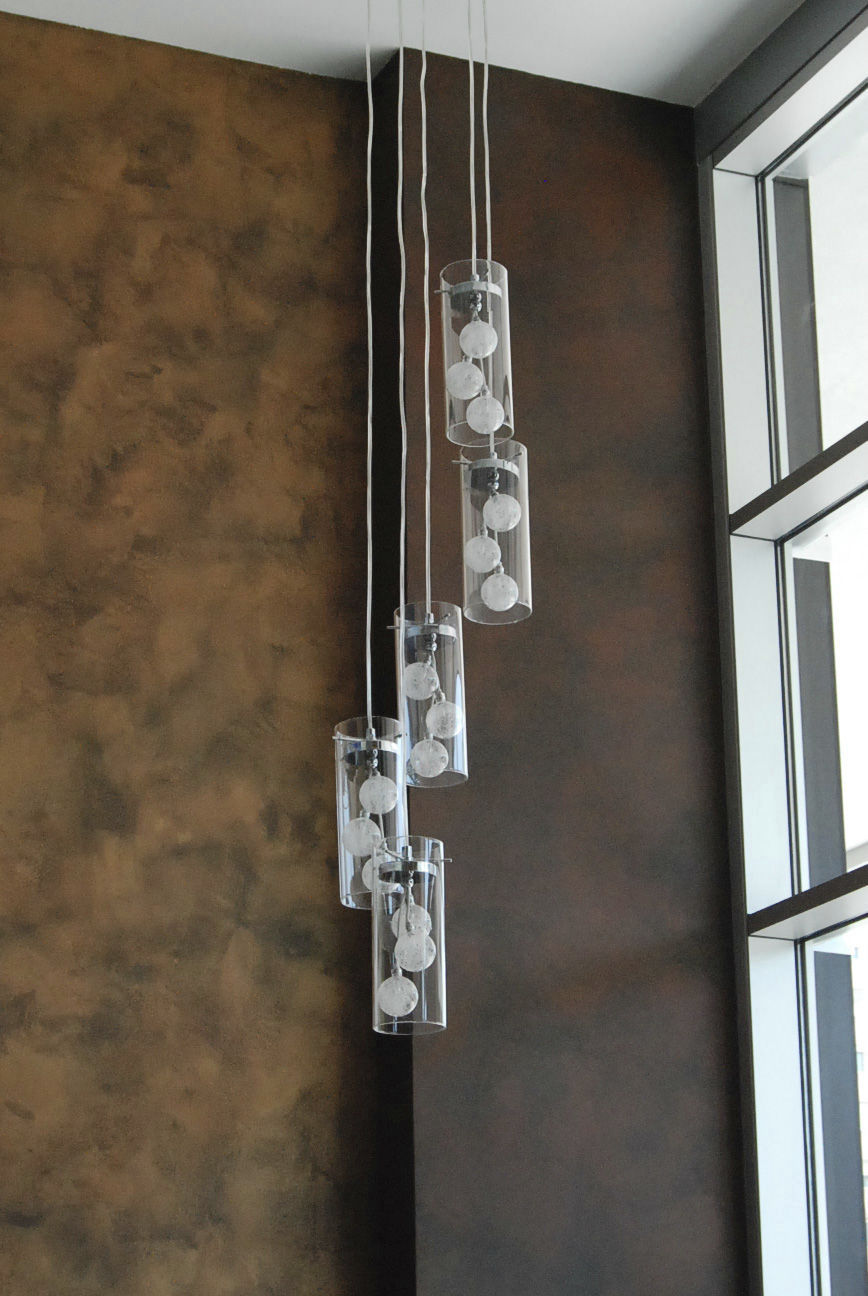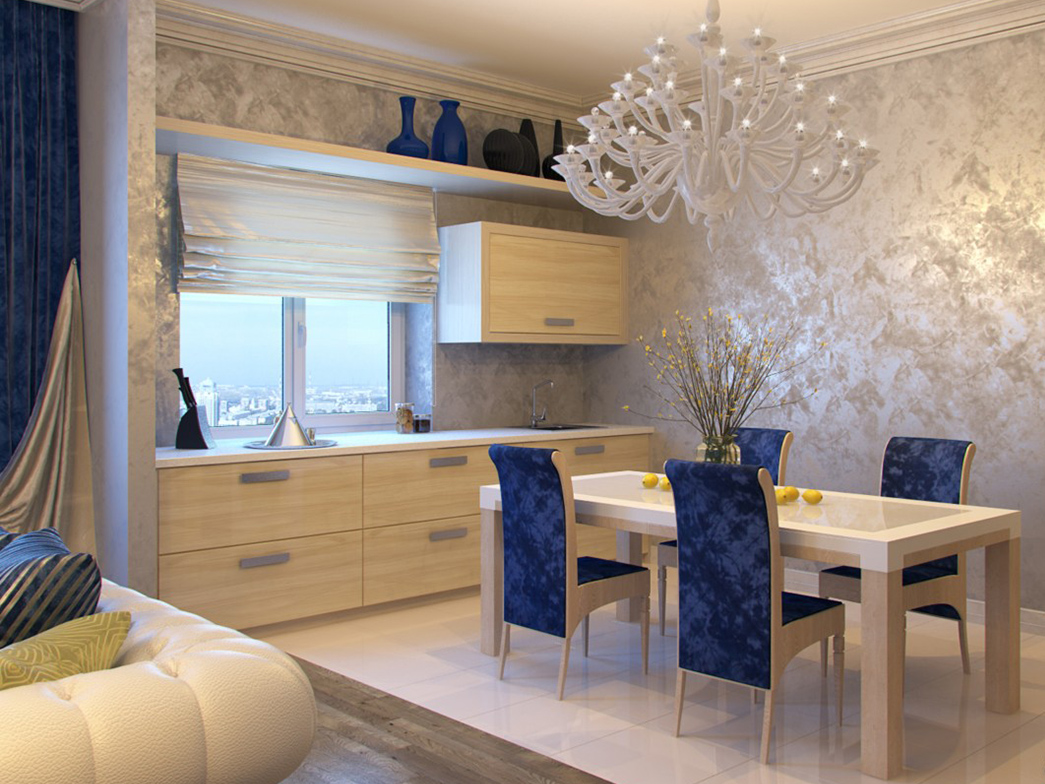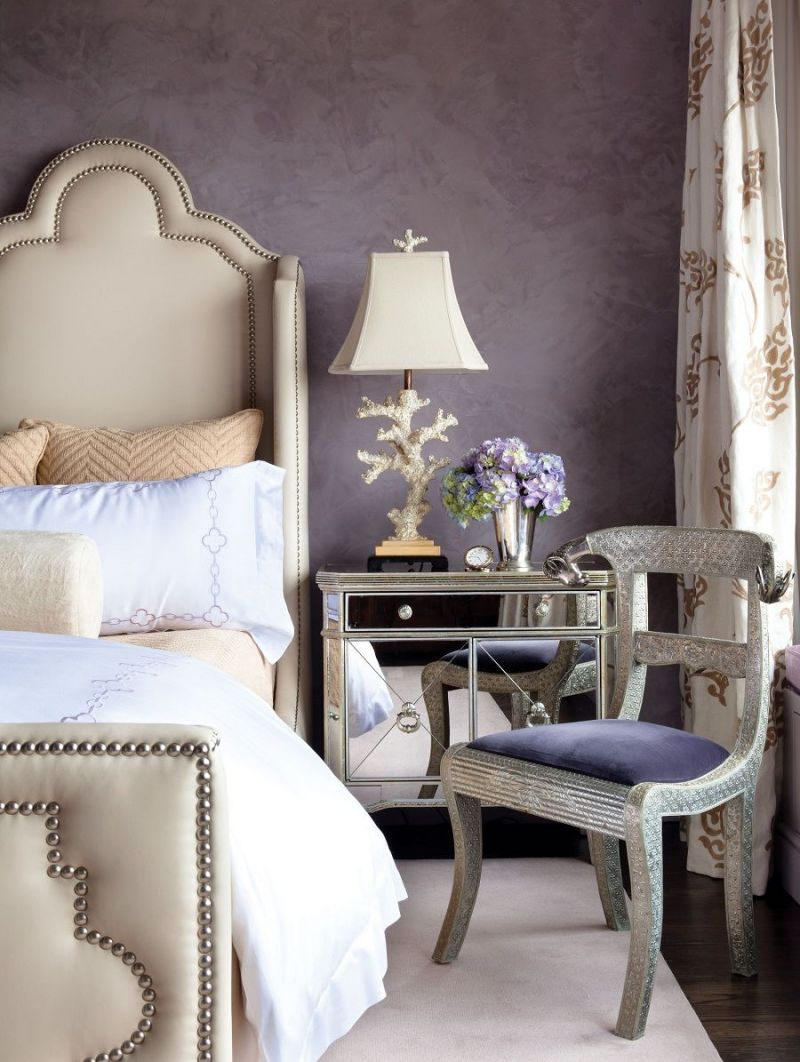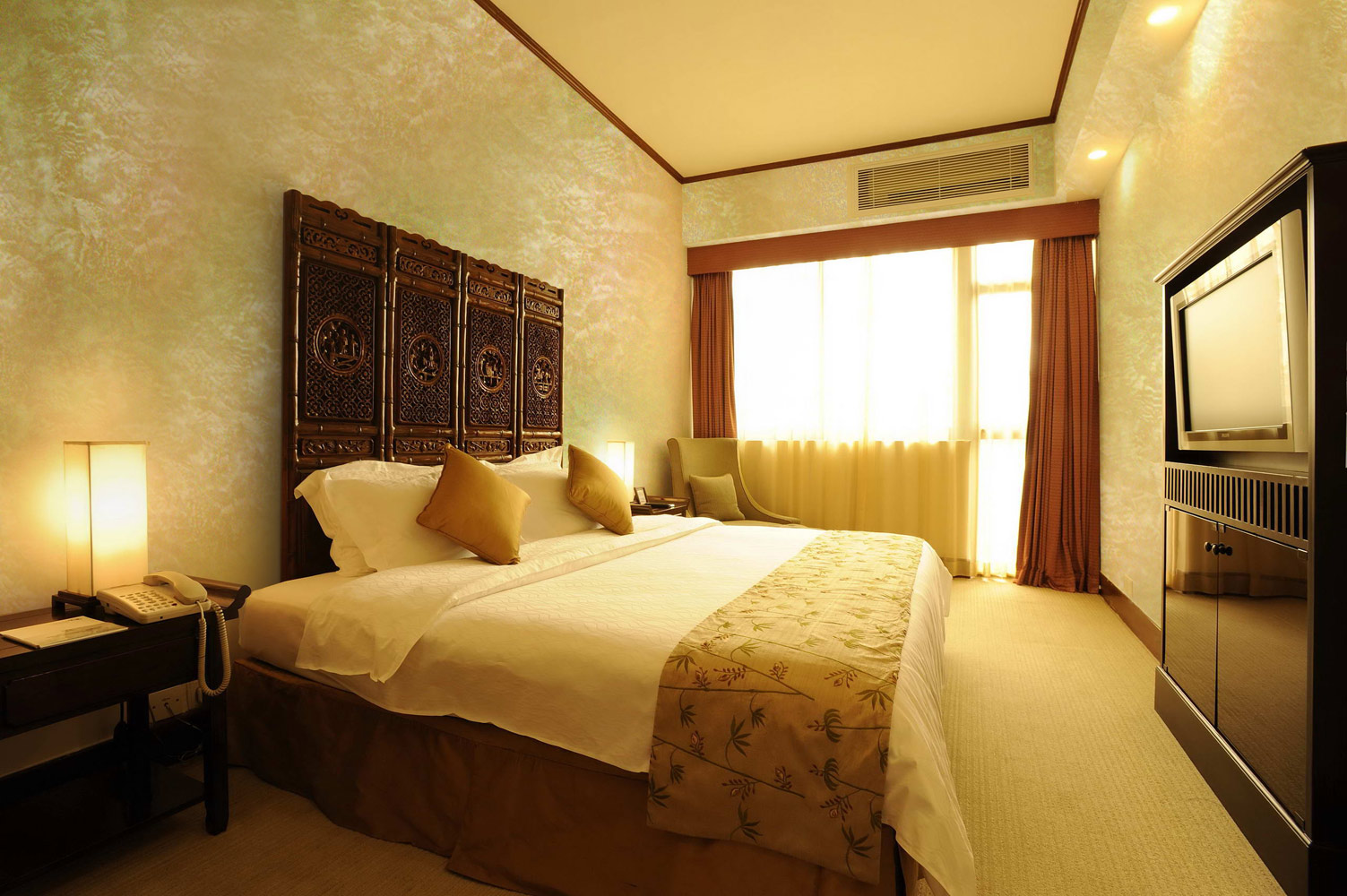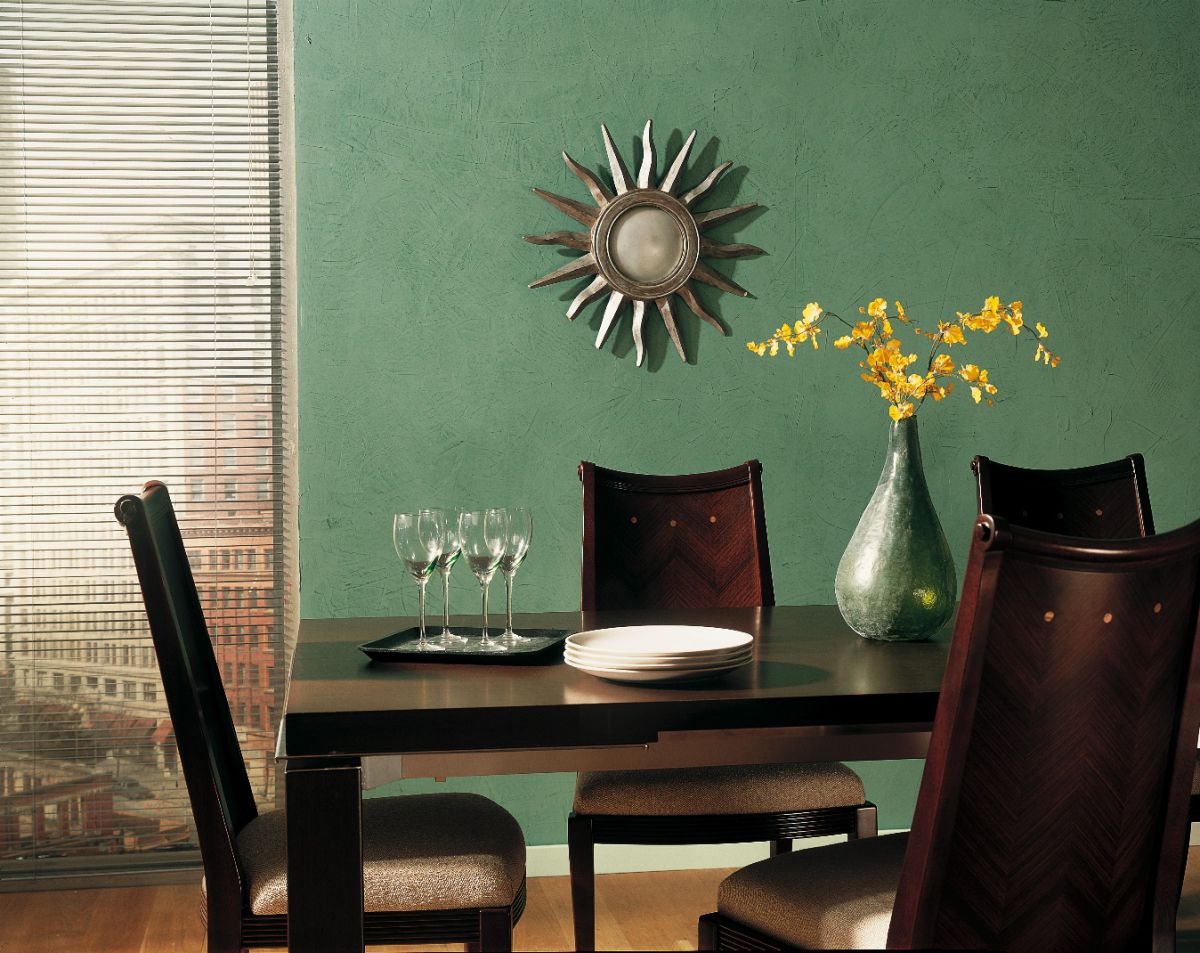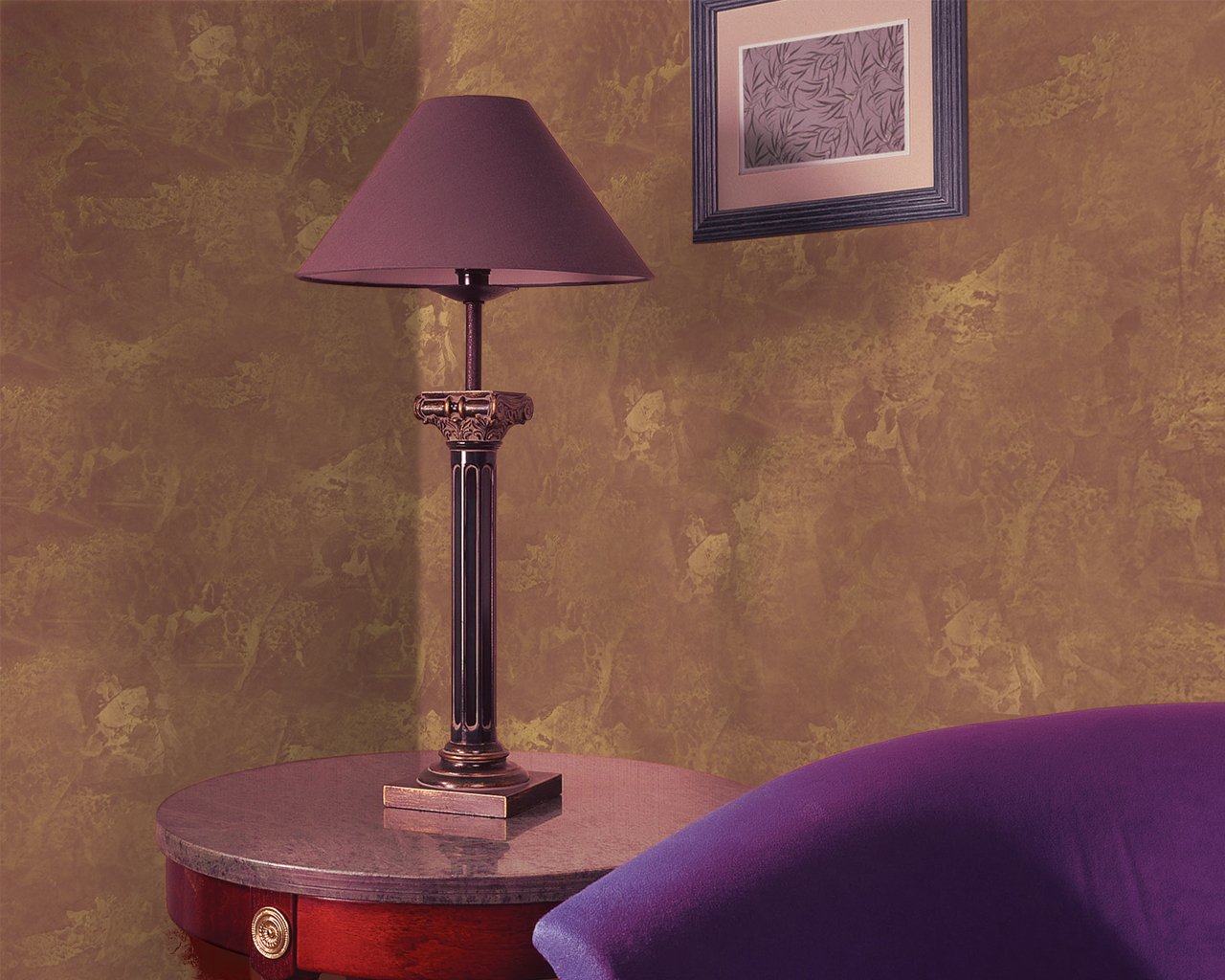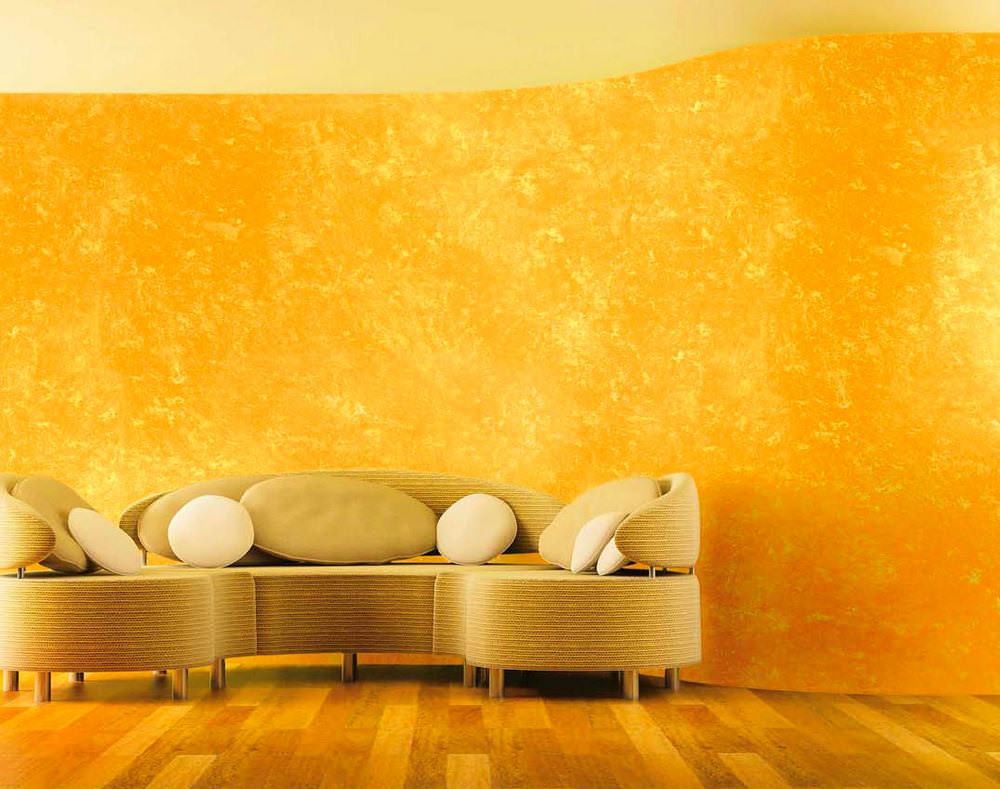Acrylic plaster: affordable beauty and strength (20 photos)
Content
Acrylic decorative plaster is the material for the final surface finish. It has properties that allow it to be used for outdoor or indoor use. Consists of four components:
- The foundation. As the name implies, it is acrylic. The main binder - polymer acrylic resin - makes the surface flexible and attractive.
- Modifiers. Materials that improve the quality of the composition, giving the desired properties and characteristics.
- Dyes. Pigments giving persistent vibrant colors. They are introduced into the composition in the production of an exact dosage, which guarantees the necessary aesthetic and technical qualities of the material.
- Filler. Determines the surface structure. Usually it is quartz sand or a crumb of natural multi-colored stones. For different sizes of fractions, the flow rate of the mixture per unit area also varies.
Biocidal impurities may be added to the composition. This means that fungus, mold, other microorganisms are not afraid of coating. In addition, acrylic plaster is considered an environmentally friendly finishing material.
Pros and cons
This material, like any other building material, has positive and negative properties. When processing walls, you need to consider the shortcomings of acrylic plaster.
A film hardened on the surface hardly passes wet fumes: the walls are clogged. Therefore, it is better not to use it, decorating the facade, insulated on the outside with dense mineral wool. Under the direct rays of the sun fades and fades. Therefore, paints for the facade you need to choose rich, vibrant.
Intensively attracts dust and small debris. The surface is constantly contaminated and needs to be washed frequently.
Despite these flaws, acrylic plaster is popular. All because she has more virtues.
- Minimal abrasion. It does not crumble, does not form spots during friction. If applied in compliance with the technology, it can last for more than a dozen years.
- Reliable protection of the treated surface from moisture: snow, rain, hail.
- Strength. Significantly more than any other plaster. Acrylic film is very difficult to damage by accident, unless intentionally and with a special tool.
- Resilience - a high molecular weight polymer, such as acrylic resin, prevents the formation of cracks due to external influences. Acrylic flexible plaster does not respond to shrinkage, vibrations, sudden changes in temperature or humidity.
- Absolute incombustibility. Walls do not need special impregnation from fire. Acrylic facade plaster is ideal for surfaces insulated with flammable polystyrene.
- Heat and sound insulation.
- Easy to clean: contaminants are removed with water.
- The mixture is ready to use.
The physical and technological properties possessed by acrylic-based plaster have made it accessible even to a layman.
Types, purpose and features
The name "acrylic plaster" means a significant segment of the materials. They are used for finishing indoors and for facade on plaster applied as a base. They have different purposes and properties that must be considered when choosing.According to the type of surface, textured, structural, mosaic and Venetian plaster are distinguished.
The classification of acrylic plaster for exterior or interior use is conditional, since all types, except the Venetian, are suitable for both types of work.
Textured
Fillers are pebbles of small fractions, mica, flax fiber. They create a coating of wood, stone, leather. The relief appears directly upon application.
Acrylic textured plaster is of the following types:
- "Bark beetle" is a combined composition with a stone filler of small fractions. The bark beetle plaster represents decorative caverns similar to natural ones made by a beetle. It looks interesting, but in combination with zero antistatic acrylic leads to increased surface contamination. From the street it is well washed from a hose, and indoors it is processed by a vacuum cleaner. Silicone plaster has the same kind.
- “Fur coat” (popular name, also known as acrylic pebble plaster). The structure resembles a low pile. The “fur coat” plaster is less soiled, since it uses a larger filler and the recesses are small.
- “Lamb” is an imitation of a sheep rune. The pebbles added to the composition create a surface with uniform grain and roughness.
Textured - the best acrylic plaster for the facade. And low cost makes it the most popular among other decorative ones.
Structural
The future surface relief is due to the composition of the filler. The mineral base consists of fine quartz or marble chips, creating a beautiful heterogeneity and granularity. If they are very small, the wall will be almost flat, the middle fractions will give the finished surface a more significant relief.
It adheres well to particle board, drywall, and other mineral structures.
Mosaic
It is a thin-layer composition with a filler of quartz or marble chips with a grain size from one and a half to two millimeters. Colored granules (mosaic) make the use of synthetic dyes unnecessary. Shiny tiny fragments create an iridescent effect. Acrylic mosaic plaster is applied to drywall, cement-sand, cement-lime layer, putty, particleboard.
Venetian
Outwardly resembles real marble, and when processed with coloring pigment - precious stones. Different application methods create a shiny or matte finish. Application allows you to visually increase the space, so the material is ideal for small rooms. Acrylic Venetian plaster is the only acrylic plaster used only for interior work. Silicone plaster of this texture has no such restrictions.
The mentioned varieties differ, in turn, in the size of the filler, colors, patterns, and are used in different interiors. For example, mosaic acrylic plaster for interior use is appropriate for respectable public spaces. For living rooms, a Venetian texture is more suitable. The walls with such a coating are smooth, shiny, almost mirrored. They will always cheer up the hosts and surprise the guests.
Order of use
The application of acrylic plaster of different types has nuances. But there are several general principles for the execution of work.
- Training. It implies the alignment of the walls. They should be ideal, since acrylic plasters are applied in thin layers and are able to hide only small flaws in the surface. A deviation of one to two millimeters across the entire plane is allowed, which the applied relief can visually eliminate.
- Primer. Removing dust, strengthening the surface gives it stable adhesion to the plaster. In addition, pores that absorb moisture from the solution are closed. The mineral base of the plaster determines the type of primer: regular deep penetrating or reinforced.
- Application to the surface.Different compositions have their own technology and tools. In any case, it is necessary to mix the solution well before starting work.
- For those who want more. If the obtained result seems imperfect, you can decorate the plastered surface further: apply acrylic paints, wax, grind. Grouting is performed in smooth circular movements. It begins a few hours after application.
The composition must be sufficiently viscous so that the desired shape is preserved. Therefore, calculate the exact material consumption.
When buying plaster for the bathroom, pay attention: it must be waterproof. When decorating the ceiling, plasterboard is the least hassle: preliminary stripping, leveling, repairing of cracks is not required, and ideal decorative surface properties are guaranteed.
Starting work with plaster for the first time, it is better to practice its application on a small, inconspicuous section of the wall. You need to work quickly, otherwise the mixture will dry out.
Application by type
Significantly no different, but there are features that it is desirable to take into account.
- Venetian. Expensive decor. It is recommended to pre-reinforce the surface, and then putty and primer. An elastic spatula is used, which is applied in several layers. If the technology is broken, cracking may occur. It is better to entrust the work to specialists.
- Structural. The addition of coloring pigments is excluded. The composition is applied by roller or spatula to a surface treated with a deeply penetrating primer. To obtain waviness, the material of large fractions is applied in a circular motion. On a square meter, the consumption of the finished mixture is on average almost three kilograms.
- Textured. The most affordable and popular decorative acrylic plaster. With this material, the relief or texture is created independently. The work does not require the involvement of professionals or the use of special tools, just a roller, spatula, stamp.
Special particles in the composition are able to hide noticeable bumps or defects (a typical example is bark beetle plaster). Therefore, the composition is applied without compromising quality even on an unprepared surface. You can limit yourself to cleaning, drying, remove everything that exfoliates. Then apply an adhesive composition or special solution.
About two kilograms of the finished mixture are required per square meter. The larger the filler, the greater the flow rate.
Take note
Before you start, read the instructions, there may be many useful things and tips. Calculate the exact consumption of the composition.
Start the process only well-rested and healthy. The work must be completed completely at a time. Otherwise, the walls will be slightly different in different areas.
Wear glasses or other eye protection to prevent solution from entering them.
Apply the composition, starting from the corner, then distributing it over the entire surface.
When mixing colors of acrylic plaster, make sure they are the same in different containers.
Do not rush the drying process with heaters, hair dryers or similar devices. Acrylic already dries quickly, and due to such an intervention, the surface will crack or even collapse.
The layer of plaster should not be thick, two to three millimeters is enough.
Work is carried out at a temperature of +5 to + 25 ° C, the outside is prohibited in strong winds and high humidity (more than 70%).
Very close to the acrylic variety of properties has silicone plaster. It is much more expensive, but antistatic, vapor permeable, ductile and more resistant. The high price makes it as accurate as possible when calculating the consumption of the necessary material.
However, the more affordable acrylic plaster is also good. It is easy to apply, looks great and can last a long time.
